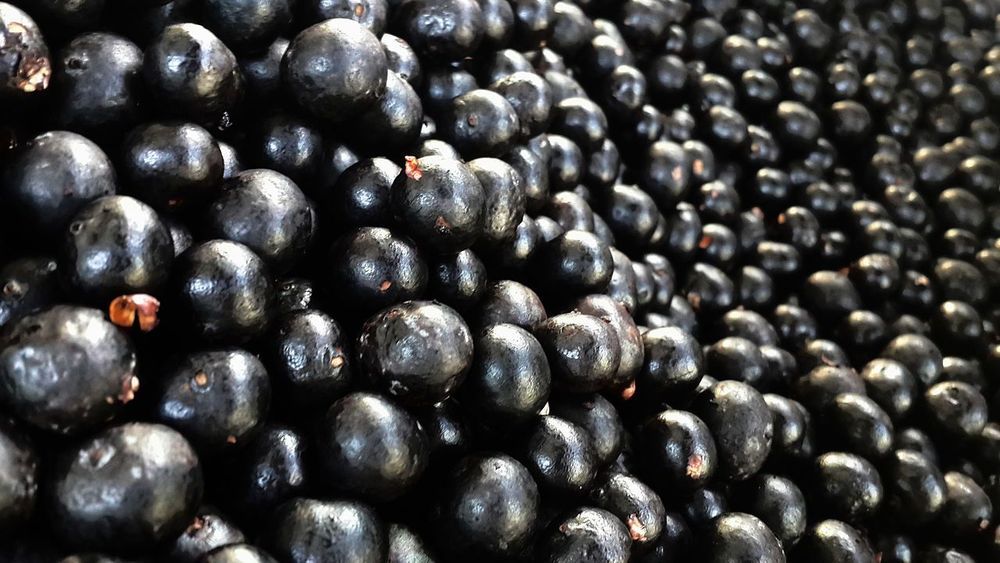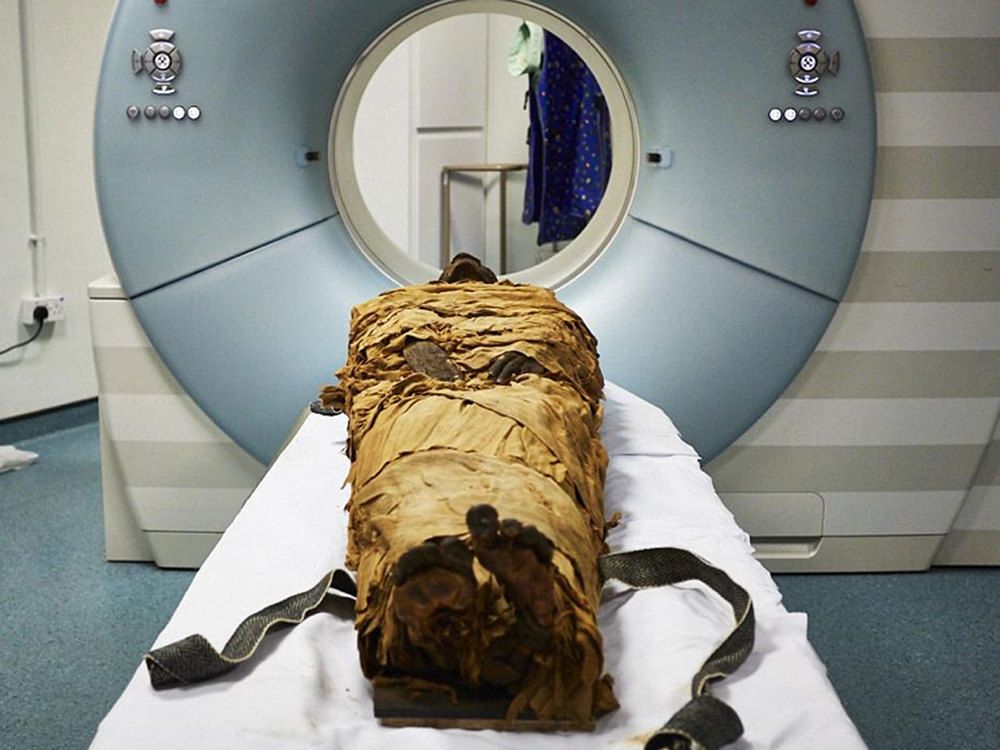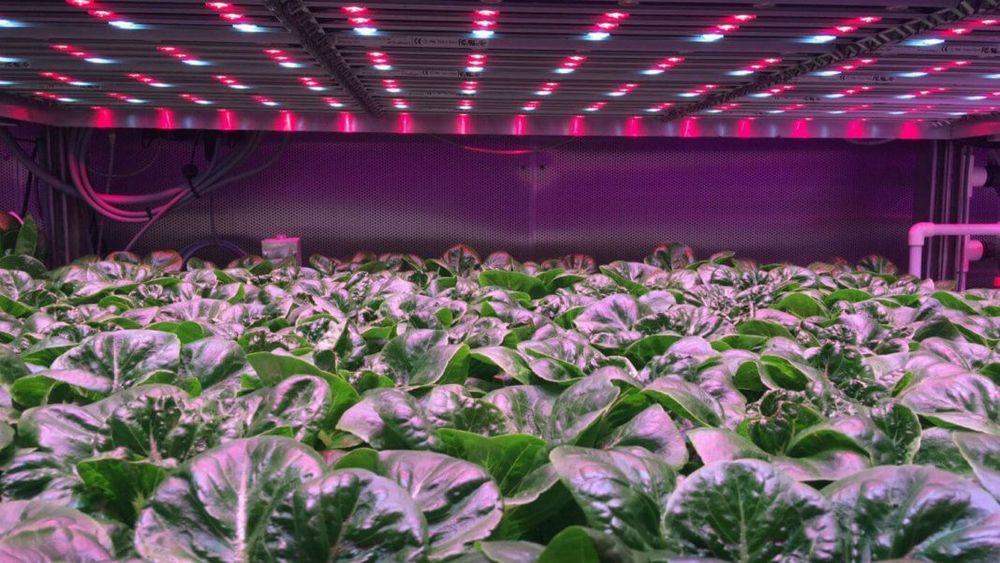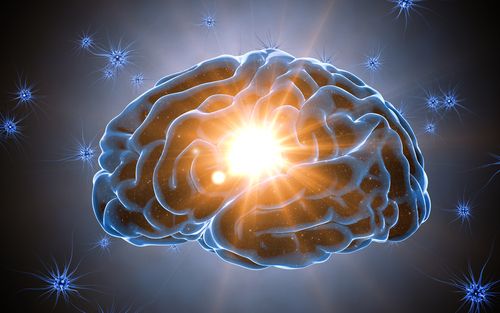Jan 23, 2020
Police in Australia accuse 24 of deliberately setting bushfires amid natural factors
Posted by Quinn Sena in category: law
The Australia wildfires are a countrywide catastrophe, mainly caused by drought and extreme heat, but dozens of people are directly to blame for some of the problem, officials say.
Police have charged at least 24 people for intentionally starting bushfires in the state of New South Wales, according to a statement the New South Wales Police released Monday.
NSW Police have taken legal action against 183 people, 40 of whom are juveniles, for fire-related offenses since November 8, the statement said. The legal actions range from cautions to criminal charges.


 In a recent IEEE Spectrum article, learn how engineers are taking machine learning to the smallest microprocessors, while facing challenges in energy consumption, compressing neural networks, and privacy practices. #tinyML #neuralnetworks #machinelearning
In a recent IEEE Spectrum article, learn how engineers are taking machine learning to the smallest microprocessors, while facing challenges in energy consumption, compressing neural networks, and privacy practices. #tinyML #neuralnetworks #machinelearning













